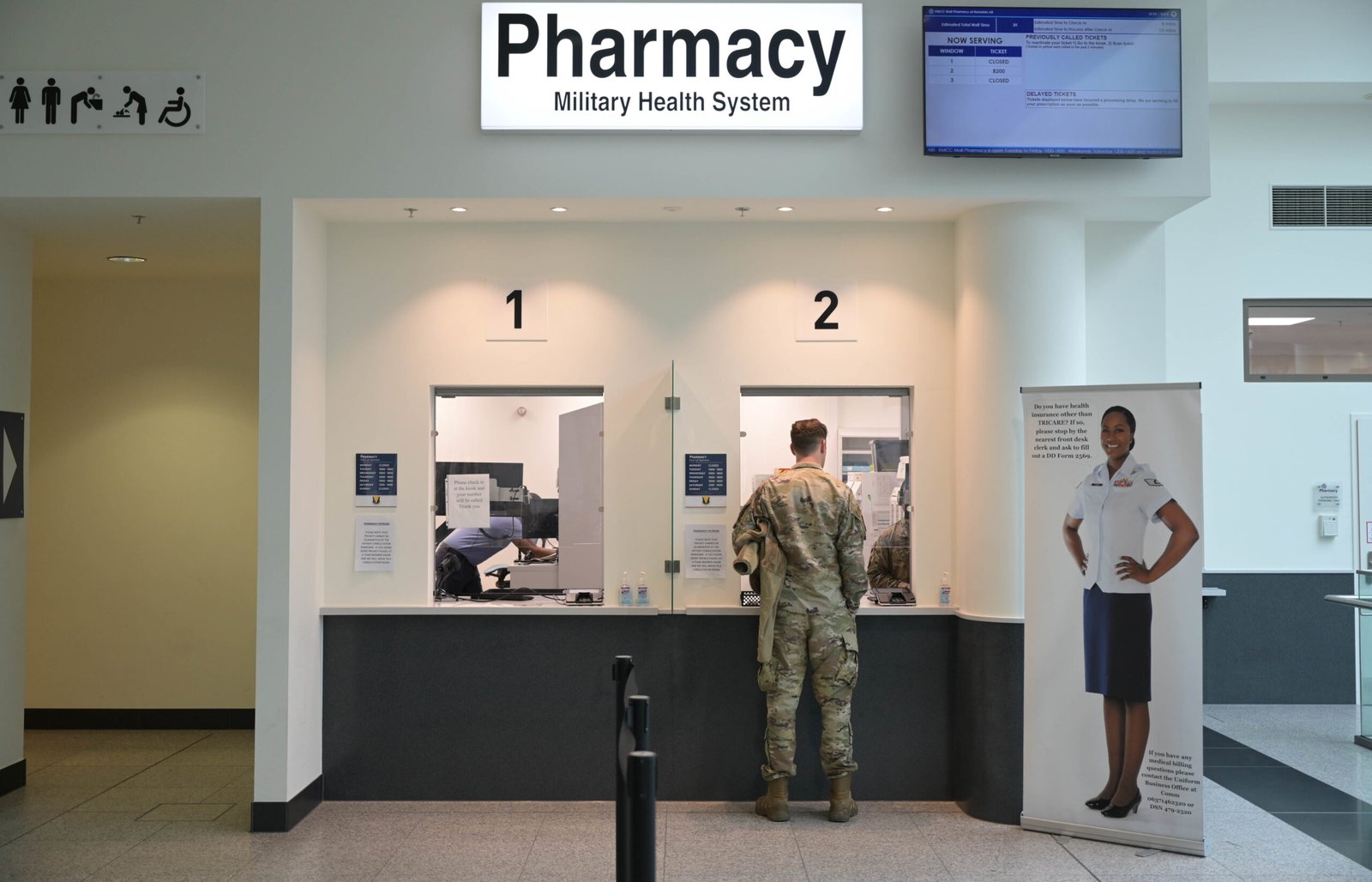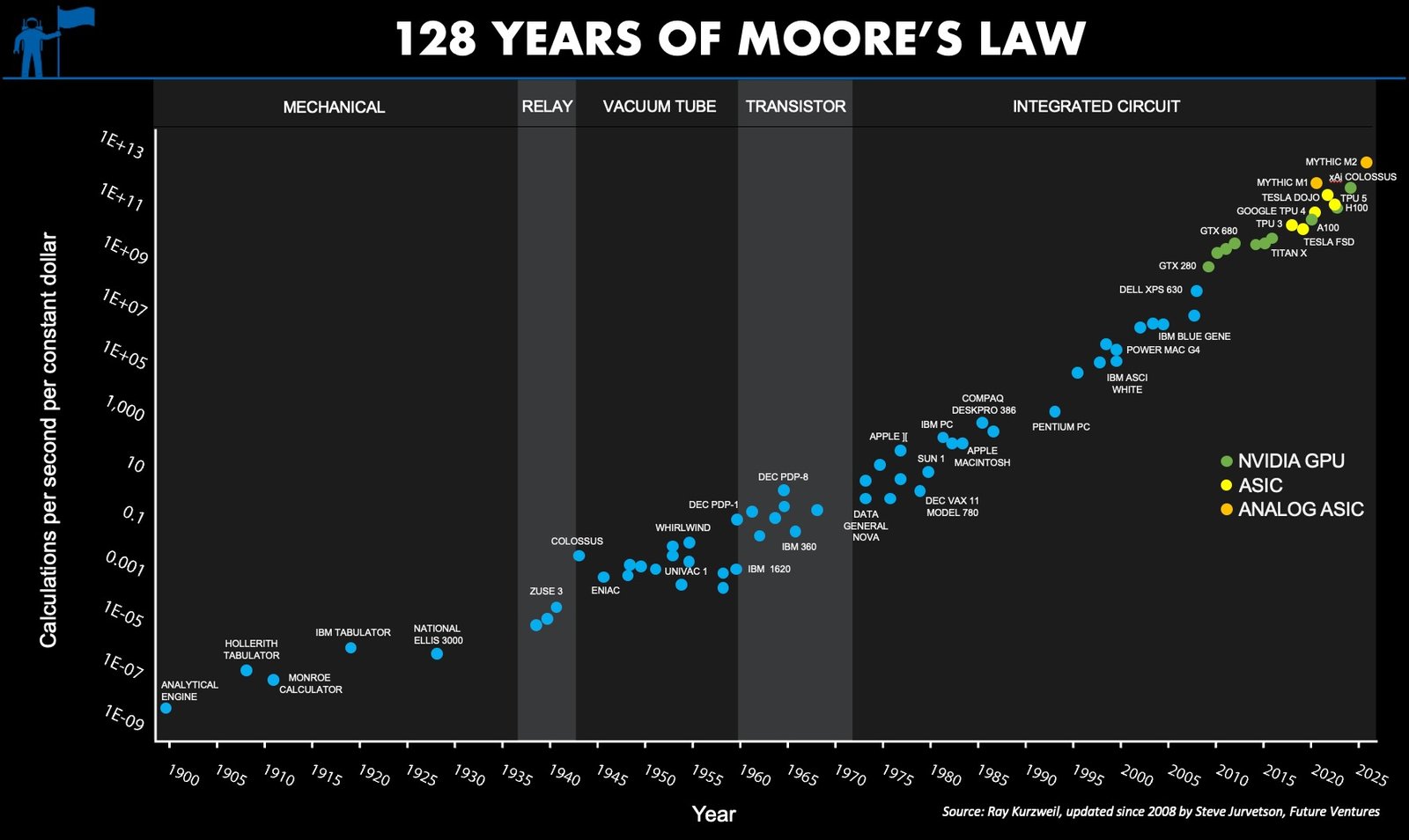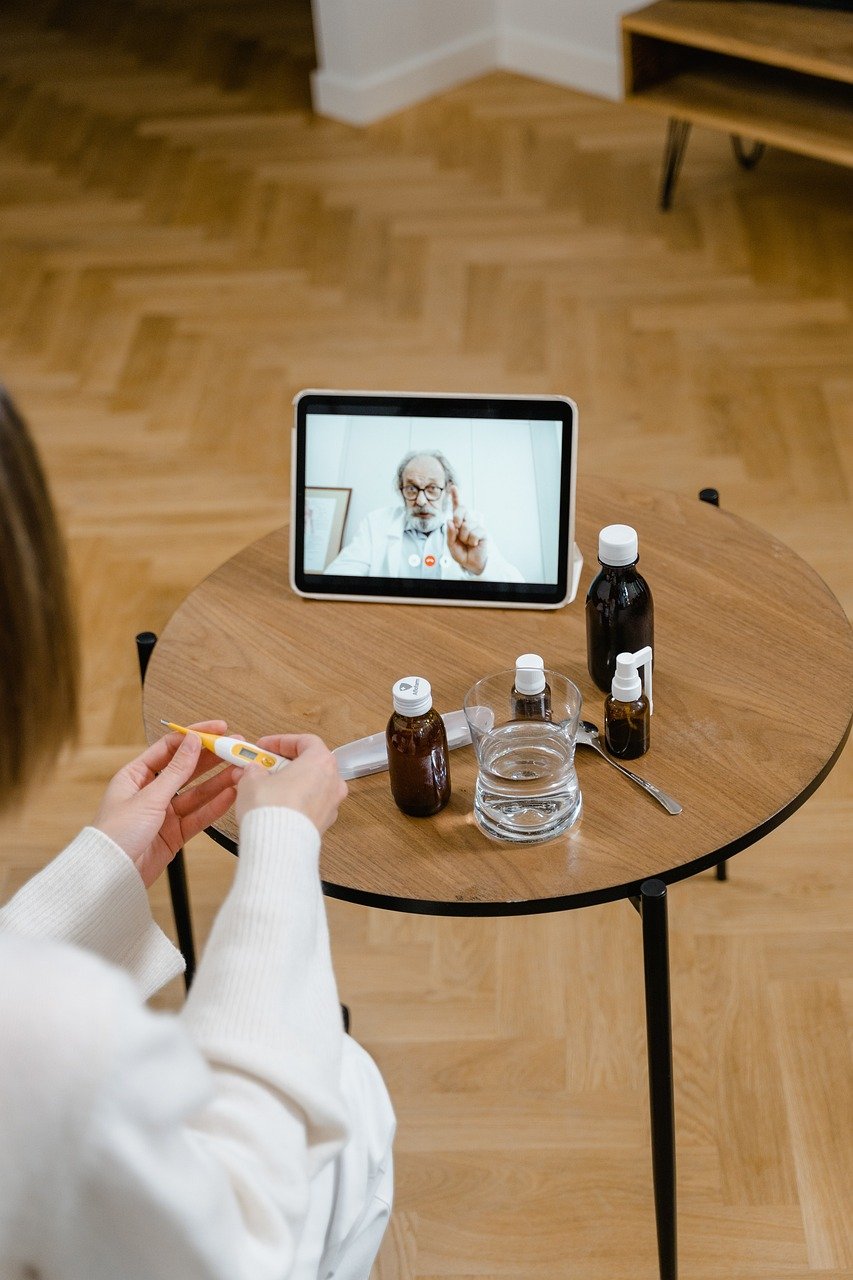The Unexpected Surge of AI in Modern Medicine
In the last decade, the healthcare industry has witnessed an explosive surge in the adoption of artificial intelligence. Hospitals and clinics around the globe are now leveraging AI to interpret medical images, streamline workflows, and even predict patient outcomes before symptoms arise. According to Accenture, the use of AI in healthcare could save up to $150 billion each year by 2026—an astonishing sum that underscores just how transformative these technologies have become. From bustling emergency rooms in New York to rural clinics in India, machine learning is being used to analyze vast troves of patient data, often in real time. This rapid integration is not just a technological feat but a cultural shift; clinicians who once relied solely on intuition and experience are now collaborating with digital assistants. The pace is breathtaking, with more than 60% of large U.S. hospitals reporting AI-driven projects in 2024. As AI becomes the silent partner in exam rooms and operating theaters, the question looms: is this revolution purely beneficial, or does it come with hidden pitfalls?
AI’s Leap in Diagnostic Accuracy

Artificial intelligence is setting new benchmarks in diagnostic precision. Recent studies have shown that AI algorithms can outperform human radiologists in identifying diseases like breast and lung cancer on medical scans. One landmark study published in Nature revealed an AI developed by Google Health reduced false positives in mammography by 5.7%, and false negatives by 9.4%, compared to human experts. This isn’t just a statistical improvement—it represents thousands of women receiving faster and more accurate diagnoses, potentially saving lives. AI is also being used in dermatology, cardiology, and pathology, where rapid and accurate interpretation of data is crucial. In emergency settings, AI-powered triage tools can flag life-threatening conditions in minutes, offering a safety net where time is of the essence. Yet, while these advances are inspiring, they also raise tough questions about the future role of medical professionals.
Personalized Medicine: The Tailor-Made Revolution
Imagine a world where your treatment is as unique as your fingerprint. AI is making this vision a reality through personalized medicine, analyzing genetic, lifestyle, and clinical data to recommend therapies designed just for you. Technologies like IBM Watson have been deployed to sift through millions of medical records and genetic profiles, pinpointing which treatments are most likely to succeed for individual cancer patients. This isn’t just science fiction—real-world trials have shown improved survival rates and fewer adverse drug reactions for patients receiving AI-tailored treatments. With the cost of genome sequencing plummeting, more healthcare providers are leveraging AI to interpret complex genetic data and create actionable care plans. Personalized medicine promises to eliminate the guesswork and trial-and-error that often plague chronic disease management, giving hope to millions with rare or treatment-resistant conditions.
Streamlining Operations and Slashing Costs

The behind-the-scenes impact of AI in healthcare is just as impressive as its clinical achievements. Hospitals are notorious for bureaucratic overload—endless paperwork, scheduling snafus, and insurance headaches. AI-powered automation is quietly revolutionizing these processes. Algorithms now handle appointment scheduling, patient billing, and even supply chain management, reducing administrative errors and freeing up staff for patient care. McKinsey estimates that up to 30% of healthcare tasks could be automated with current technologies, resulting in billions in cost savings annually. Real-world examples abound: hospitals using AI to manage staff rosters have reported shorter patient wait times and higher staff satisfaction. These operational efficiencies are not just about saving money—they directly translate to better, faster care for patients.
Accelerating Drug Discovery and Development

Bringing a new drug to market has always been a marathon—sometimes taking up to 15 years and billions of dollars. AI is turning this marathon into a sprint. Platforms like Atomwise use deep learning to predict how molecules interact, enabling researchers to identify promising drug candidates in a fraction of the time. In 2024, several pharmaceutical companies reported that AI-enabled platforms had identified viable compounds for diseases like COVID-19 and Alzheimer’s in months instead of years. This speed is not just academic; it determines how quickly patients in need get access to life-saving therapies. AI’s ability to simulate clinical trials and predict side effects before drugs even reach humans offers hope for safer, more effective medications at lower costs.
The Shadow of Ethical Dilemmas and Data Privacy

With great power comes great responsibility, and nowhere is this truer than in healthcare AI. The vast datasets that fuel machine learning systems are often comprised of deeply personal health information. According to a recent American Medical Association survey, 85% of doctors worry about the misuse of patient data by third-party AI vendors. Data breaches in healthcare are rising, with millions of patient records exposed in 2024 alone. Strict compliance with privacy laws like HIPAA is non-negotiable, but enforcement lags behind technological innovation. Hospitals must walk a tightrope between leveraging rich data for better care and protecting patient autonomy and confidentiality. The stakes are high—one misstep can erode public trust for years.
Unmasking Algorithmic Bias in Healthcare AI
The promise of AI is undermined when the data it learns from is flawed or biased. A 2024 study in JAMA confirmed that some predictive health algorithms favored white patients over Black patients when allocating resources for chronic care management. This isn’t just a technical glitch—it perpetuates long-standing health disparities. Bias can creep in at any stage, from data collection to model training and validation. Hospitals and AI developers are now scrambling to audit algorithms, diversify datasets, and implement real-time bias detection tools. The conversation is shifting: equity is no longer a “nice-to-have” but a requirement for any healthcare AI system. The credibility of AI in medicine depends on its capacity to deliver fair outcomes for all.
Keeping the Human Touch in a Digital World
Despite the breathtaking capabilities of AI, the heart of healthcare remains human. No algorithm can replace the empathy of a nurse comforting a patient or the intuition of a seasoned doctor during a complex diagnosis. Research from the University of California, San Francisco, highlights that while AI can suggest optimal treatments with impressive accuracy, patient trust and satisfaction still hinge on human interaction. AI is best seen as a supercharged assistant—offering insights, flagging risks, and handling routine work—while clinicians make the final call. This partnership is most successful when doctors and machines “think together,” blending data-driven insights with compassion and ethical judgment.
Navigating the Maze of Regulation

As AI-powered medical devices flood the market, regulators are struggling to keep pace. The FDA has rolled out new guidelines for “Software as a Medical Device,” but the rules are still evolving. Many AI systems continuously learn and adapt, raising questions about how to monitor safety and efficacy over time. Industry experts argue that current frameworks are not robust enough to prevent potential harm or misuse. Internationally, the picture is even murkier, with different countries developing their own standards. Regulatory bodies are now collaborating with technology companies and healthcare providers to develop flexible, transparent rules that encourage innovation without compromising patient safety.
Real-World Impact: AI in Global Health Crises
During the COVID-19 pandemic, AI played a pivotal role in tracking outbreaks, modeling the spread of disease, and optimizing vaccine distribution. AI-powered contact tracing apps and predictive analytics helped public health officials respond rapidly to changing conditions. In 2024, similar technologies were deployed to combat emerging threats like avian influenza and antimicrobial resistance. These tools provided early warnings and enabled targeted interventions, saving lives and resources. However, the use of AI also sparked debates about surveillance, civil liberties, and the balance between public health and personal privacy.
AI and the Promise of Remote Care

Telemedicine has exploded in popularity, and AI is taking it to new heights. Chatbots, virtual nurses, and remote monitoring devices powered by AI are making healthcare more accessible, especially in underserved areas. In 2024, over 30% of primary care visits in the U.S. included some form of AI assistance, whether it was a symptom checker or a virtual triage tool. These technologies can screen for common conditions, remind patients to take their medications, and even escalate urgent cases to human clinicians. The result is a more responsive, patient-centered system that bridges gaps in traditional care.
Preparing the Workforce for the AI Era
As AI reshapes the healthcare industry, new skills are in demand. Medical schools and nursing programs are introducing courses on data science, ethics, and digital literacy. A 2024 survey by the Association of American Medical Colleges found that 65% of trainees expect to use AI-powered tools regularly within five years. Hospitals are investing in ongoing education to ensure clinicians can interpret AI outputs and spot potential errors. This shift is not just technical but cultural; embracing AI requires open-mindedness and a willingness to adapt. The ultimate goal is a workforce that’s both tech-savvy and deeply human, ready to harness the full potential of AI for patient care.


